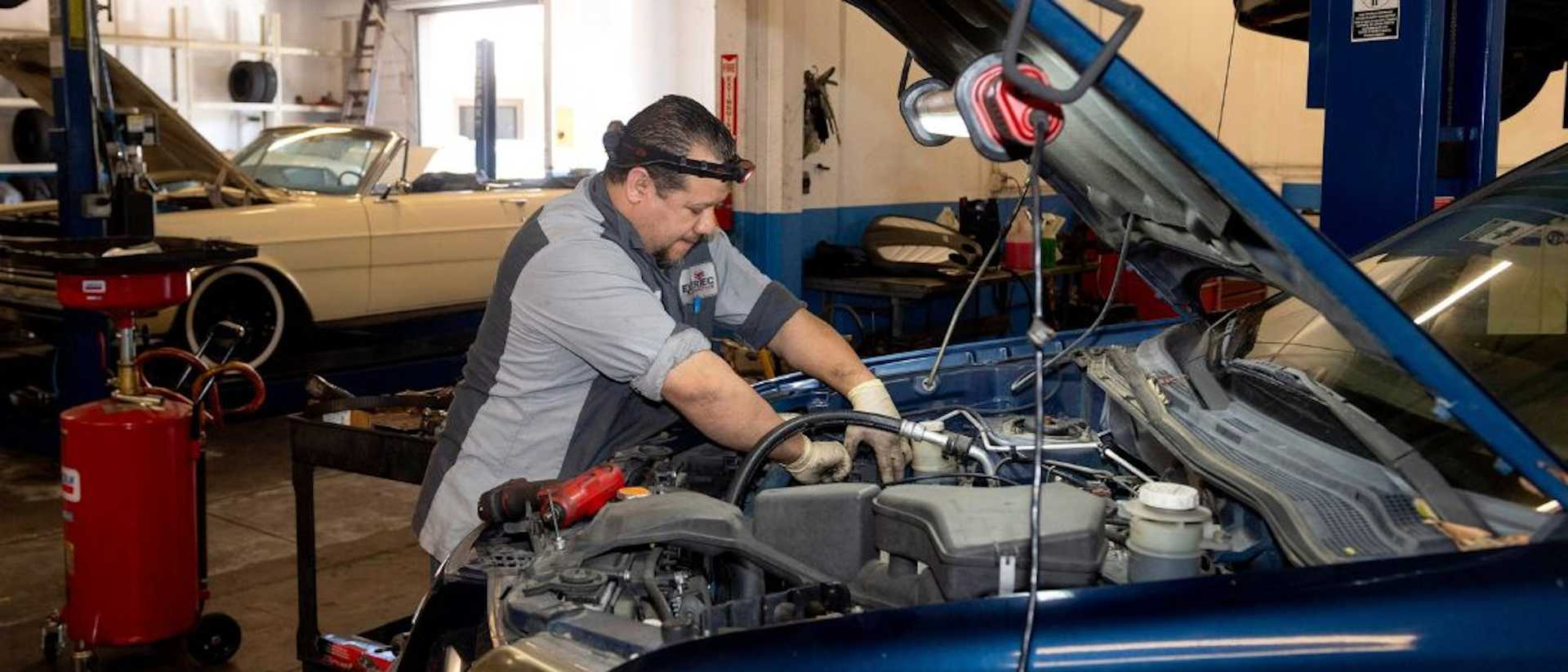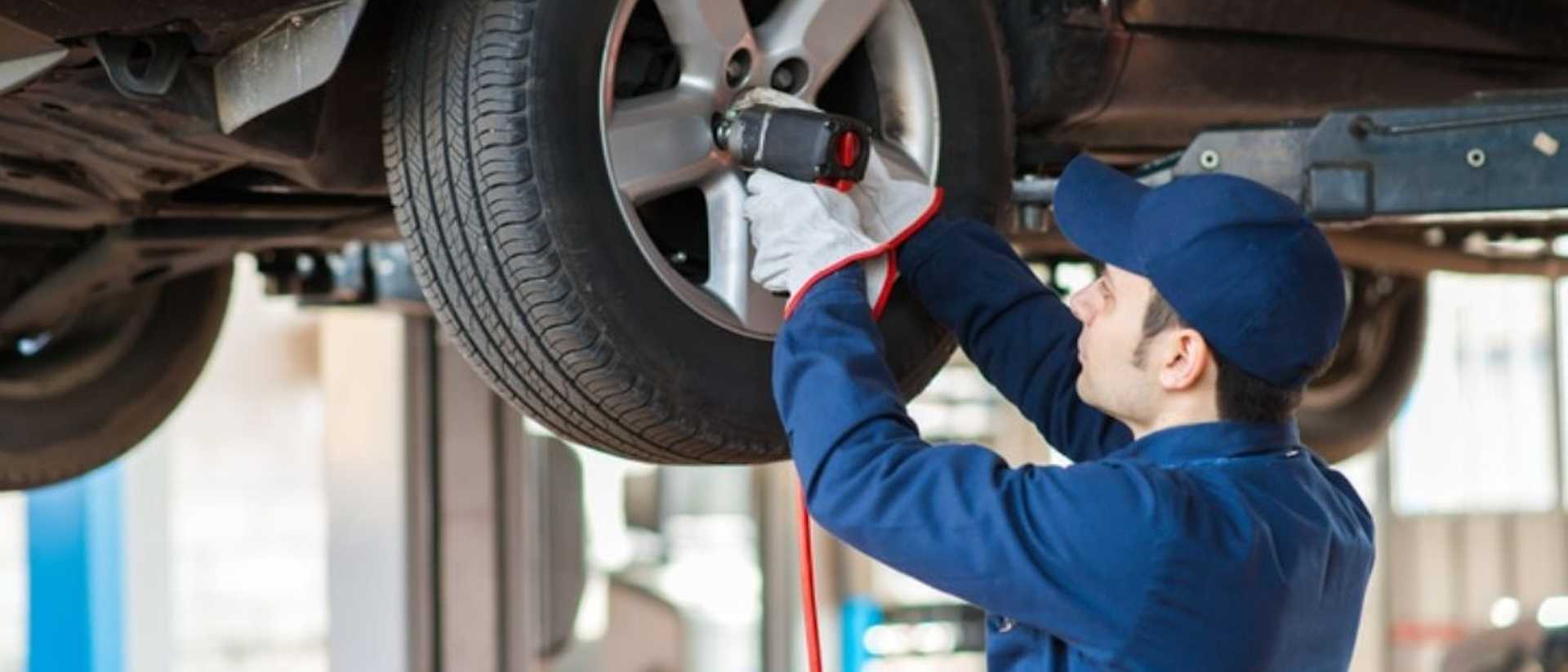Temporary Full Expensing | Driva’s Complete Guide
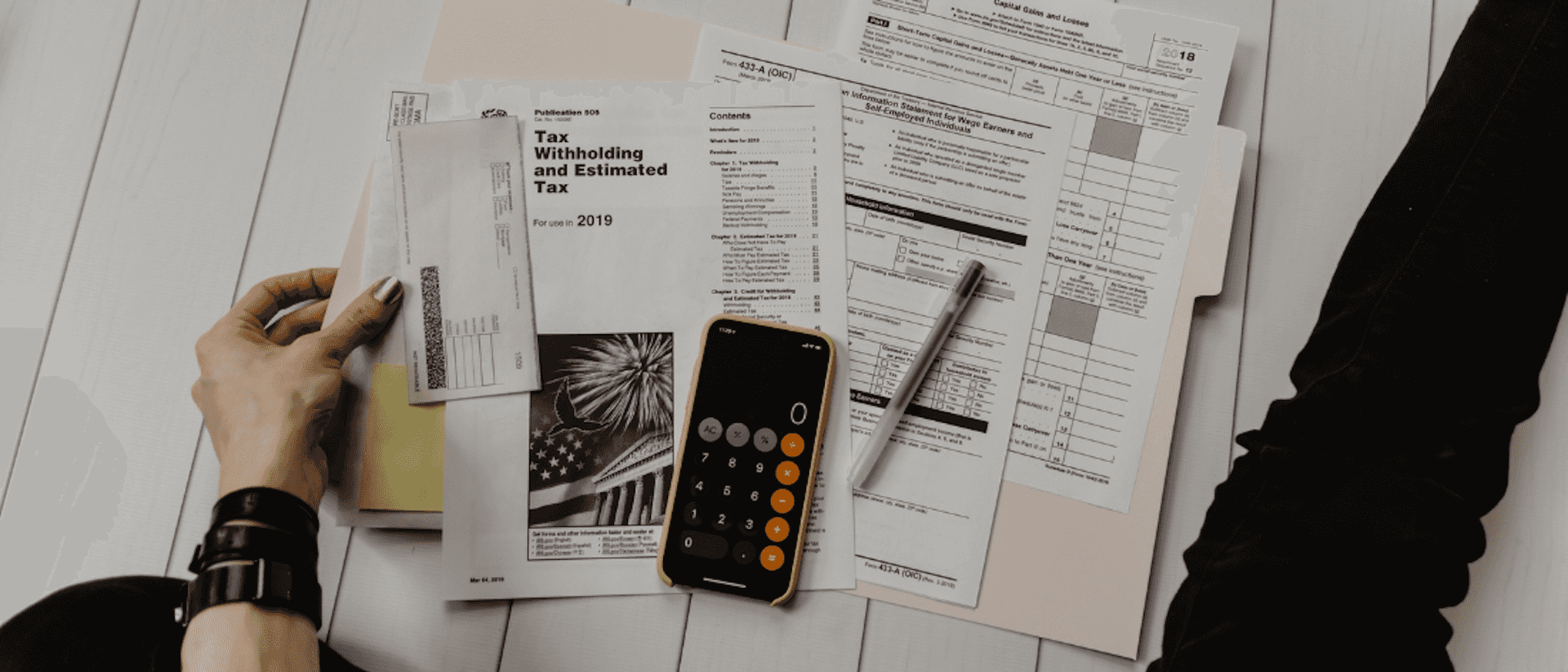
Back in 2020, when governments were trying to promote economic growth in the face of COVID-19, a piece of legislation was introduced to create a means for temporary full expensing. It essentially provided businesses and individuals with tax incentives to claim an immediate deduction on any eligible asset to help make better use of their taxable income.
In this guide, we’re going to take a deep dive into what this all means and how you can make it work for you and your financial needs.
What does temporary full expensing mean?
Temporary full expensing is designed to help businesses and encourage investments in the business to further growth. What temporary full expensing does is it allows for a business to claim immediate deductions for the business's portion of the cost of an asset during the first income year of installation to then use it for a taxable purpose.
Is it the same as the instant asset write-off scheme?
They are similar, but temporary full expensing is instead a boosted version of instant asset write-off schemes. An instant asset write-off is more focused on the business and its various assets. There are several incentives under the temporary full expensing category. What you’re able to apply for is based on when you got/installed the particular asset and when it was first used.
Small business (using the simplified rules of asset depreciation)
With an aggregated turnover of less than $10 million.
Temporary Full Expensing: A full asset write-off (no cost restrictions). First held = 6 October 2020
Instant Asset Write-Off: Assets that cost less than $150,000 get a full write-off. First used = 12 March 2020 onwards.
Small business (not using the simplified rules of asset depreciation)
With an aggregated turnover under $10 million
Temporary Full Expensing: A full asset write-off (no cost restrictions). First held = 6 October 2020
Instant Asset Write-Off: Only eligible if the business is using the simplified rules of depreciation.
Medium business
With an aggregated turnover of $10 million - $50 million.
Temporary Full Expensing: A full asset write-off (no cost restrictions). First held = 6 October 2020
Instant Asset Write-Off: Assets that cost less than $150,000 get a full write-off. First used = 12 March 2020 onwards.
Medium - Large business
With an aggregated turnover of $50 million - $500 million.
Temporary Full Expensing: A full asset write-off (no cost restrictions). First held = 6 October 2020
Instant Asset Write-Off: Assets that cost less than $150,000 get a full write-off. First used = 12 March 2020 onwards.
Large business
With an aggregated turnover of $500 million - $5 billion. If your business earns an aggregated turnover exceeding $5 billion, then it won’t qualify for these types of incentives.
Temporary Full Expensing: A full asset write-off (no cost restrictions). First held = 6 October 2020
Instant Asset Write-Off: Not eligible.

Which business entities are eligible to use temporary full expensing?
Almost every business entity has the chance of using temporary full expensing provided they fall within the provided aggregated turnover thresholds per business type. Mainly small business entities can take advantage of this, provided they apply and don’t apply for full-expensing rules on a more asset-by-asset basis.
When can eligible businesses use the temporary full expensing scheme?
Eligible businesses have been able to take advantage of the temporary full expensing scheme since the 6th of October 2020 and have until the 30th of June 2023 to make full use of it. You can deduct the full cost of the existing depreciating assets that are eligible regardless of value, provided they fall within the time frame that the temporary full expense scheme allows.
Eligible assets under the temporary full-expensing scheme
Capital assets
Let’s take a look at how capital assets are eligible for the temporary full-expensing scheme. Here’s what makes capital assets eligible:
- Capital assets need to be depreciating assets.
- These existing eligible depreciating assets need to be held and used/installed after the 6th of October 2020 but before the 30th of June 2023.
- They need to have a taxable purpose.
- These eligible depreciating assets need to be owned and used in Australia for them to qualify.
- These assets must be used for the explicit purpose of carrying out business. They can’t be leisure items. An example of this would be a fleet of trucks used in a logistics business.
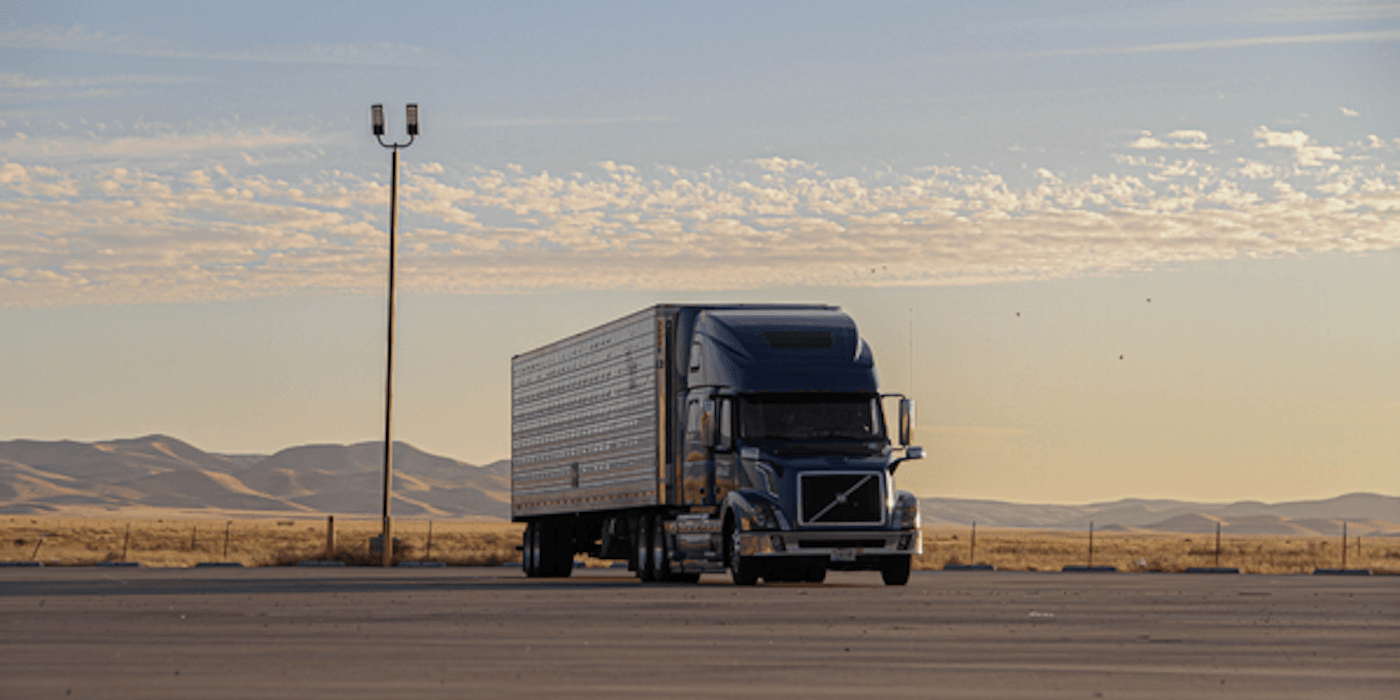
Second-hand assets
Don’t think that second-hand assets have been overlooked from the temporary full expensing scheme. Here’s how second second-hand assets can apply to the temporary full-expensing scheme:
- This is only applicable to businesses with an aggregated turnover of less than $50 million. These businesses can claim full deductions.
- The Instant Asset Write-Off also had provisions for full deductions for second-hand assets that were worth up to $150,000, and this was for businesses with an aggregated turnover between $50 million and $500 million.
What counts as a second-hand asset?
- Another business held the asset when it was first purchased, installed, and/or used.
- If the asset is an intangible asset, then it needs to have been first used or installed by the previous owner.
- It counts as a second-hand asset if the entity was holding it when the asset was split or merged.
- The depreciating asset was held by entities previously members of the MEC group. This is provided with the entity looking to claim this asset was holding it after October 6th, 2020.
Types of second-hand assets that are not eligible under the temporary full-expensing scheme
- Certain assets that aren’t depreciating, such as land, collectibles, art, buildings, property, and personal property.
- Assets bought before the window, which is the 6th of October 2020.
- Assets bought outside of the window, which is 30th of June 2023.
- Various primary production assets such as fencing, water facilities, etc. (please see the full list documented by the Australian Tax Office, here).
- Assets beyond Australian borders.
- Assets not primarily used in Australia. This may be determined by the Australian government on an asset-by-asset basis.
How do simplified depreciation rules interact with the temporary full-expensing scheme?
Simplified depreciation rules are primarily there to qualify for instant asset write-offs. You need to request to use these rules.
However, these rules also apply to the temporary full-expensing scheme in small businesses. If the business is using simplified depreciation rules, it can get a full write-off for assets costing less than $150,000 for assets from March 12th, 2020, under the instant asset write-off. If the business isn’t using simplified depreciation rules, then they’re not eligible for instant asset write-offs.
Examples of eligible depreciating assets
Cars
Cars are definitely worthy examples of eligible assets that can be claimed under the temporary full expensing scheme. This is a depreciating asset that can be bought before the window closes. Depending on the business it serves it likely generates money. So find a way to give it a business purpose and you will be able to claim an immediate deduction business portion of your tax when you make a claim.
Kitchen Items
Big-ticket kitchen items definitely count towards the eligible assets for the temporary full-expensing scheme as they very quickly lose market value. Another depreciating asset, these are often a fundamental business investment for a restaurant or cafe that facilitates growth. Make sure to include these items in any depreciation deductions when you’re completing your business portion tax return.
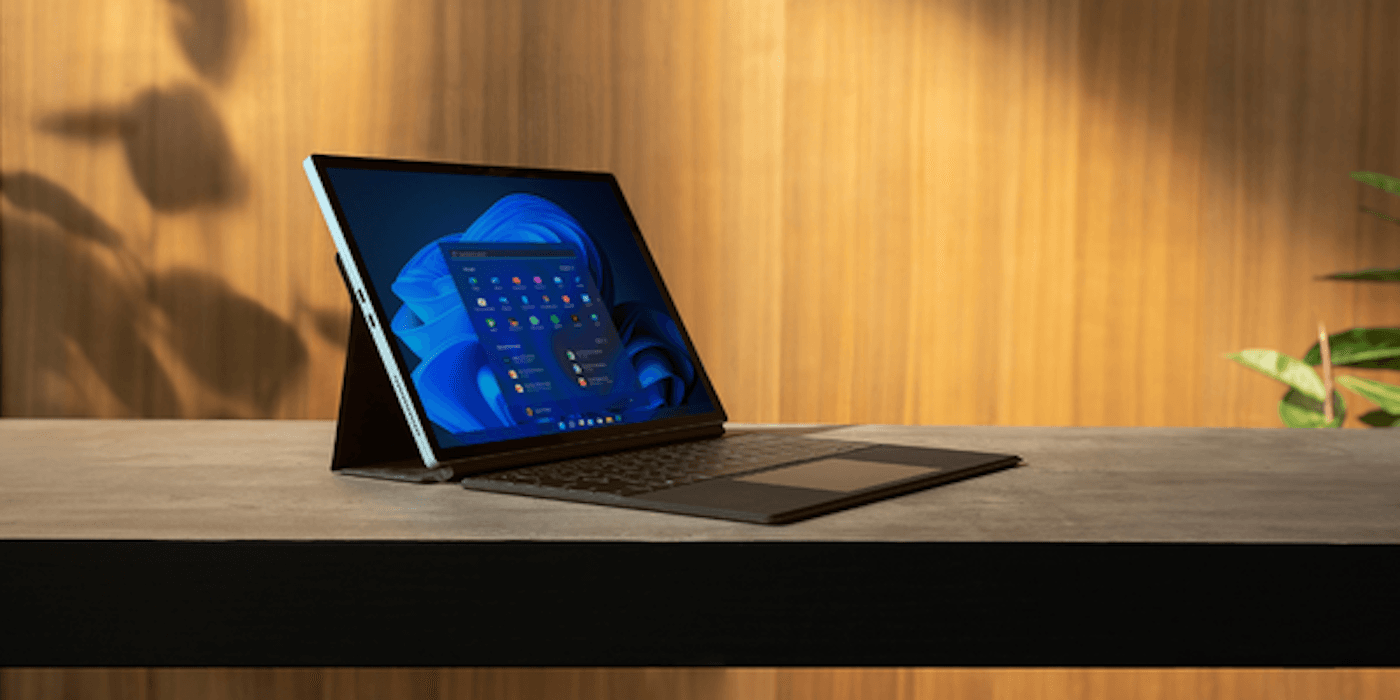
Computers
Some small businesses, especially offices, require computers. Computers, and other machines, are how these businesses make money, by having employees use the computers for various tasks depending on the business. As a result of them being depreciating assets, you’ll be able to claim them as part of the temporary full-expensing scheme when you submit your income tax return. So if ever there was a time to update the office, it’s now!
So, if I want to get a car for my business, is the temporary full expensing scheme the way to go?
Yes! With Driva, you’re given the keys to the best lenders in the country. We help you find the best deals and interest rates to ensure you save money before you even save money with the temporary full-expensing scheme.
Take a look at our commercial loan section and apply today. Additionally, if you want to learn of other ways you can get a car while avoiding higher fees and taxes, take a look at our article on the subject.
FAQs
Does temporary full expensing apply to cars?
Yes, it does! If a car is considered an asset used for the business, then it does apply to the temporary full expensing scheme as it’s a depreciating asset. You will be able to immediately deduct a portion of this depreciation if you can prove your car serves a taxable purpose for your business.
When did temporary full expensing start?
The Australian government announced the temporary full expensing scheme in 2020 on the 6th of October. It was designed to facilitate growth in stagnating businesses as Covid decimated the local economies around the country. This meant businesses got a green light to expand and improve operations without the prospects of taxes being applied to these assets - sometimes being able to deduct the full cost of depreciating eligible assets.
When does temporary full expensing end?
With Covid no longer top of mind for most consumers and citizens, normality is increasing around the world. As a result, Australia will not be extending the temporary full expensing scheme, and it’s set to expire on the 30th of June, 2023.
Can my existing eligible depreciating assets be claimed?
Only if they were bought/installed/used after the 6th of October 2020. Anything from then to now is eligible, so if you’ve yet to claim something, this tax season is the time to get it done!


.png)



.jpeg?ixlib=gatsbyFP&auto=compress%2Cformat&fit=max&rect=0%2C0%2C800%2C800&w=500&h=500)

